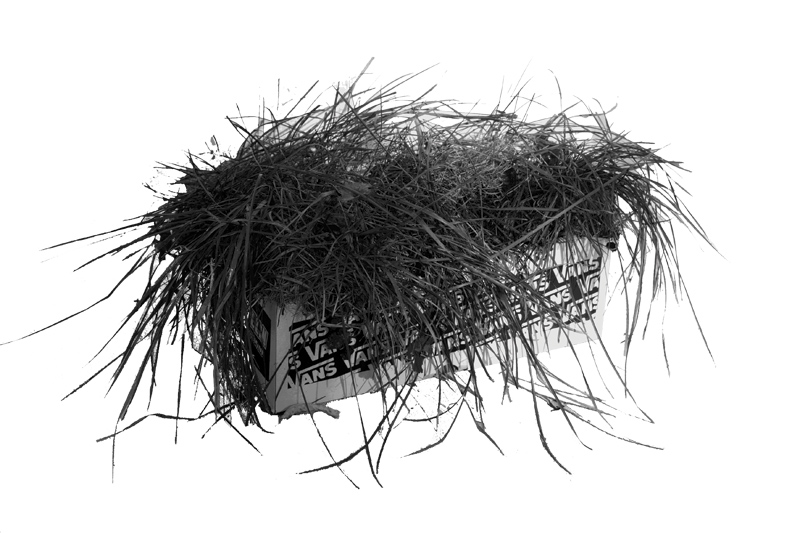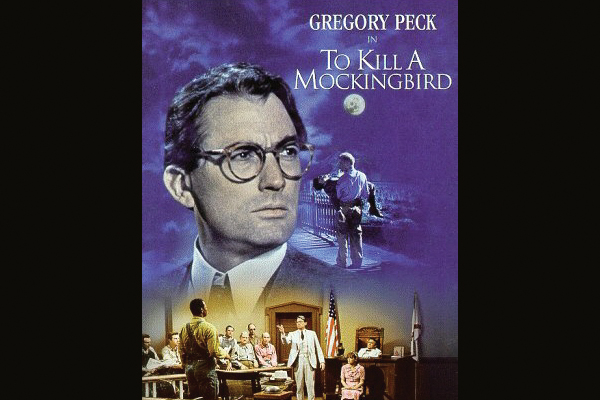
Matt Anthony Field is now
environmentally friendly
IT SEEMS THE grass is now greener at the University of Ottawa. After years of wear and tear, the lawn of Matt Anthony Field has been replaced. Rather than a cheap fix, the university invested in a sustainable option for the field, mostly made up of recycled materials.
“The field had reached the end of its life cycle,” said Jonathan Rausseo, sustainable development manager at the U of O’s Campus Sustainability Office. “After 10 years, you lose performance in terms of the bounciness of the field, the quality of the turf, and so forth.”
The new field is composed of parts of the old field and rubber soles of recycled running shoes, which were collected by Sports Services. Recycling old goods allowed a more vibrant and cutting-edge turf to be put in place, while producing as little waste as possible.
“Eighty-seven per cent of all the materials in the old field were recycled—more than any other project that I know of on campus,” said Rausseo.
The rubber soles of the shoes were cryogenically frozen and melted down into pellets before they were used in the construction of the field.
“We recycled about 800 to 1,000 shoes and a little bit of [them were] used in the field so far,” he explained. “Most of [the shoes] will be for future use on the field. Every time someone gets tackled, a bunch of the little pellets get knocked out and now we have our own supply to add to the field.”
The artificial turf, made up of plastic polyethylene, was placed on top of this layer of rubber pellets and sand. Another inch or two of rubber pellets was put down to help the field absorb shock from falls. By using the old field, a lot of materials were saved from going to the landfill.
“We saw that 87 per cent of the waste generated from this construction activity was diverted from the landfill,” said Trevor Freeman from Halsall Associates, one of the firms involved in the project. “In terms of weight, that means about 475 metric tones.”
The new turf is not the only environmentally friendly aspect of the field-replacement project. Steps were taken to ensure the transportation of goods used to build the field limited their carbon footprint.
“The consulting firm that installed the field actually chose to ship a bunch of their materials by rail instead of by truck,” said Freeman. “In doing that, [they] prevented a considerable amount of carbon emissions [from being released]. We expected them to have close to 3,500 kilograms of carbon dioxide emitted if they shipped it by road. Instead, shipping by rail, it was close to 300 kilograms.”
The field, which meets FIFA’s Two Star field turf standard, is a major accomplishment for the U of O, both in terms of the quality of the field and the way in which is was built.
“It now meets all the requirements for world-class soccer,” said Rausseo. “The national team could come practice here and the standard this field meets would be the exact standard they would be using if they played [at a FIFA-rated field] anywhere else in the world.”
“The field not only sets the bar high in terms of quality, but it does so for its environmental footprint as well,” he said. “From an environmental point of view, this marks the dramatic improvement in the way construction projects on campus are conducted.”
—Chris Radojewski




